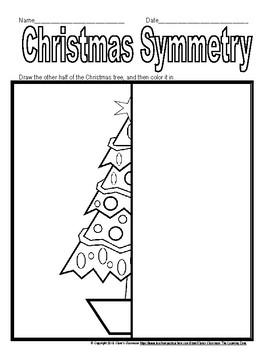As Semester one draws to its conclusion, I can’t help but feel a bit sentimental on my time in the ‘Discovering Mathematics’ elective. It has been a very enjoyable experience for me and I would encourage anyone who is going into second year to pick it as your elective. It is not about learning complex quadratic equations or even recapping on trigonometry, it actually is more useful that any of those concepts will ever be. I have mentioned in previous blogs that I was not the biggest fan of mathematics due to my stubbornness and having bad experiences at high school level. However, this elective has totally changed my ideology and it will definitely help me gain confidence as I go into my third year placement. I thought since the elective is over that I talk about my ideas and give my ideology and interpretation of what a profound understanding of mathematics is.
At the very beginning of this elective, the idea of fundamental mathematics was introduced. We were given some input on what it meant, but in all honesty I found it hard to understand. This was the case until I came across the work of Liping Ma. Ma conducted research in china and America to identify why the U.S was falling behind in terms of the world rankings and test results. She concluded that teachers in the U.S did not posses a deep understanding of elementary mathematics. Ma (2010) hypothesised that initial teacher training and that during this teachers should become familiar with basic mathematics (fundamental mathematics) much like her teachers in china. In hind sight, Ma (2010) came up with four characteristics which would allow a teacher to have a profound understanding of fundamental mathematics:
- connectedness – this factor is about teachers emphasising how maths connects to other procedures that the pupils are learning.
- multiple perspectives – moving away from the idea that there is only one way to get an answer
- basic ideas (principles) – that teachers should bring ideas back to basics to encourage good attitudes in mathematics to promote understanding and a love for the subject
- longitudinal coherence – progression: the teacher needs to be able to see where the child is and how to further their progress in mathematics.
When you break these four principles of fundamental mathematics down, it is clear to see why maths is so important for everyone. When we think about connectedness, we need to look to our Curriculum for Excellence where cross curricular learning has to be incorporated. This is so important because maths is in everything that we see and do and it is also very important to see the links between maths and our world. Secondly, there is a huge maths myth that has been around for decades – ‘there is only one way to find an answer’… no there is not. There are multiple ways in which problems can be solved – its just about teaching maths in different ways. Thirdly, basic ideas is fundamental to fundamental mathematics because fundamental actually means ‘basic’. We as practitioners need to take maths back to its roots in order for children to progress and love maths at face value. In addition, basic does not mean that it can’t be challenging or fun (I will get to this). Finally, when we think about longitudinal coherence, we think of progression. Teachers need to know where each of their children are at in their learning and the teacher needs to take the steps necessary in order for our children to progress.
It is all very well talking about the theory of fundamental mathematics, but what have I learned about it? Well for starters, I can say that maths is absolutely everywhere… in the outdoors, in the weather – you name it and its there (links to connectedness). I believe that it is absolutely vital to make the connections that mathematics allows us to see. We need to make our children aware of this in order to heighten their love and interest for mathematics. I am aware that maths needs to be an active subject for children to really get their teeth into and enjoy. My blog post ‘active learning in mathematics’ covers this – it highlights that basic principles of mathematics can be taught in fun and interesting ways in which your children will understand. Furthermore, there is no better feeling in the world than seeing the children in your class engaged, learning and having fun. Maths allows us as practitioners to experiment and play with certain theories in order to evoke fun and enjoyment. For example, the lesson on demand planning was absolutely fantastic!! Moreover, enthusiasm counts for a lot in teaching. I mean why do you think I had such a negative view on mathematics? Its probably because my teachers in the past have never shown a passion for it. Our lecturers for this module have been the most enthusiastic people I have ever seen. It has made me become enthusiastic and, of course, if your enthusiastic as a teacher, your children will also become enthusiastic.
Therefore, I believe that fundamental mathematics for a practitioner to be confident and have a profound knowledge of basic maths in order for our children to understand and develop a love for mathematics. In addition, the practitioner needs to be able to encourage and motivate their children through meaningful and engaging activities that incorporates active learning. Furthermore, practitioners need to also make connections with mathematics in the real world and encourage their children to make these connections as well. Finally, and I can’t emphasise this enough, we must be able to paint a picture of each child’s progress and be able to plan the steps in order for them to succeed and develop in mathematics.
reference
Ma, L. (2010). Knowing and Teaching Elementary Mathematics: Teachers’ Understanding of Fundamental Mathematics in China and the United States. 2nd ed. New York: Routledge. P1-50.




